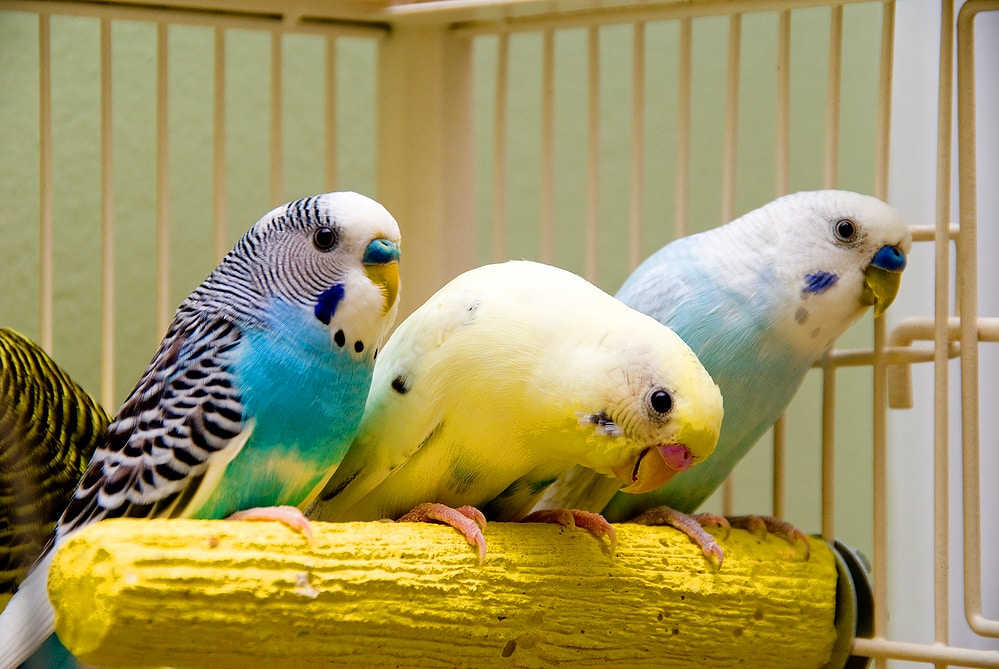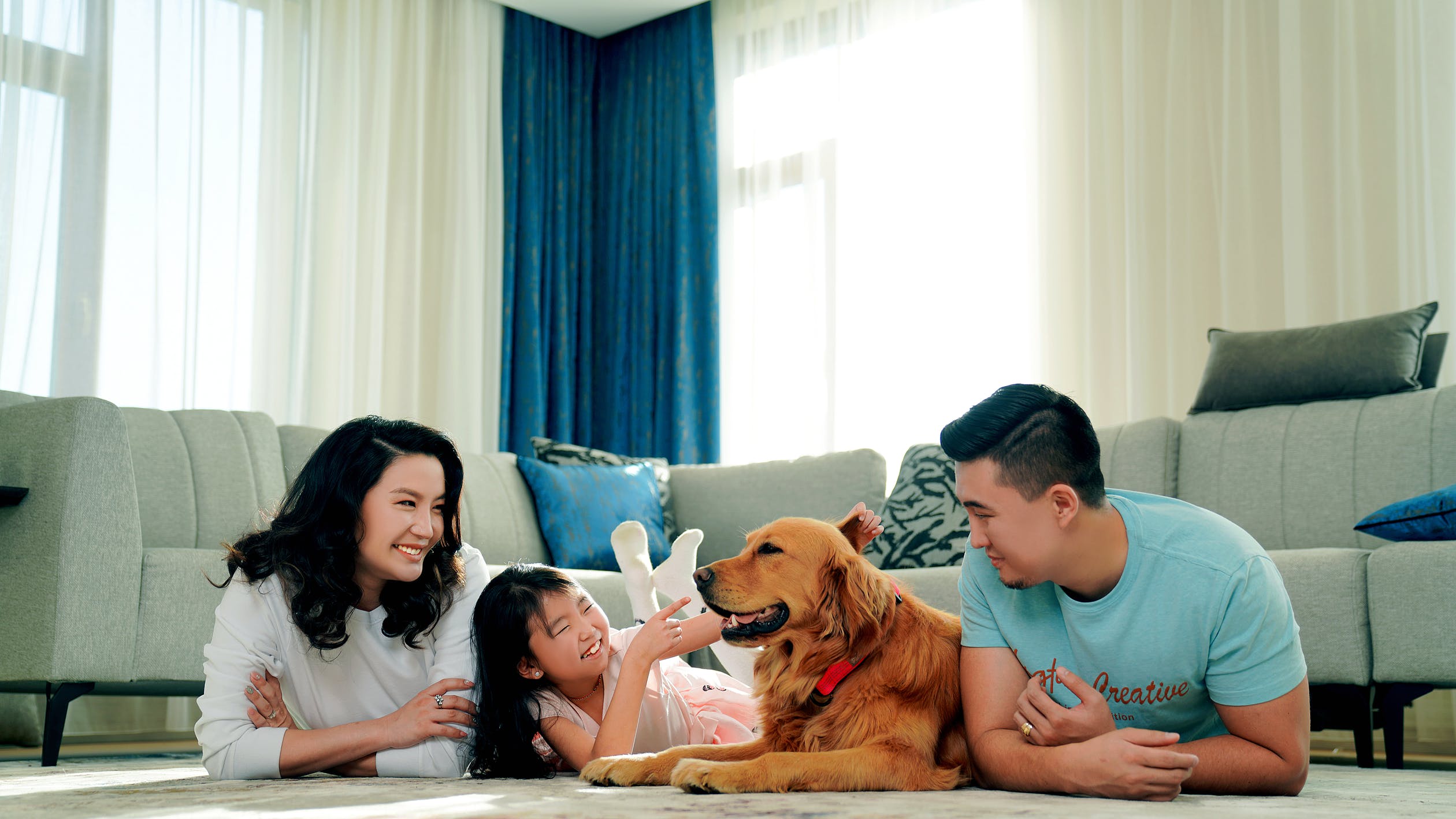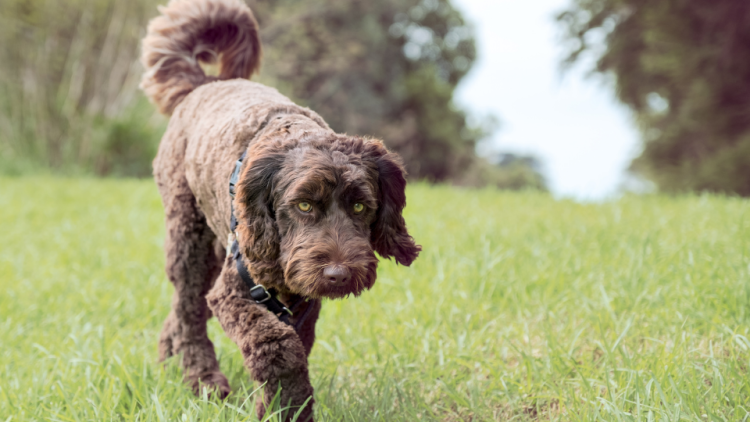Can parrots talk? Yes, they can. In fact, they can learn to imitate human speech and regional dialects. In this article, I’ll outline some of the ways in which Parrots learn to talk. In the process, you’ll also learn how to use radio and television to teach your bird to talk. The most effective method is a combination of these methods. However, don’t expect your parrot to become fluent overnight.
Also Read: Tubby Cats Rarity
Parrots learn to mimic human speech
In a natural environment, parrots are quite vocal, which means they have the ability to mimic human sounds and speech. They have also developed the mental ability to mimic human speech and sounds, which helps them to integrate into their flocks. Unlike their wild counterparts, pet parrots have the opportunity to practice their imitation skills, which makes them a great addition to any family. Their mimicking skills enable them to imitate a variety of sounds associated with excitement, such as laughter and crying.
When it comes to mimicking human speech, some species are more difficult to train than others. The Indian ringneck parrot is one of the best-known parrots for this ability. This particular species is known for its quick learning ability, but it can be challenging to train it to speak human words and phrases. Because of its high pitch, this species’ voice sounds quite funny. When trained, it can start talking as early as eight months to a year old.
They mimic non-speech sounds
Parrots can imitate speech sounds, but their imitation abilities are not as refined as those of humans. While there is still debate as to how birds produce speech, experts generally agree that their vocabulary is based on hearing sounds, and not on comprehension. The ability of parrots to imitate human speech may be related to several physiological, behavioral, and neurological factors. The brain of parrots may be able to recognize the patterns in different speech sounds, which are a good clue for understanding how parrots learn language.
Parrots are also highly skilled at imitating other birds’ vocalizations. For example, the northern mockingbird uses repeated phrases, which incorporate bits of other birds’ calls during their spring displays. The common hill myna also mimics human speech. Its imitative abilities may even rival that of the African gray. While this is an extremely rare instance, it does highlight the importance of understanding the language of your pet.
They mimic regional dialects
Some parrot species mimic regional dialects, but why? These vocal imitations may serve a practical purpose, such as helping males and females locate each other and avoid attracting undesirable attention. It may also allow territorial neighbors to recognize one another, or to distinguish drifters from local territory holders. These calls, also known as “clangs,” have a practical and evolutionary purpose in parrots. Moreover, some studies have suggested that these species may benefit from mimicking other parrot types to improve their mate selection.
It is unknown why these birds would choose to imitate other species’ sounds, but it is likely that this behavior reflects the social structure of a community. They learn their calls from their parents, neighbors, and other members of the community. These birds also develop regional dialects so they can attract mates and establish territorial boundaries. However, this behaviour is not limited to avian species. It could be a way of fooling predators or gaining information about the location of a particular territory.
They mimic sounds they hear
Parrots are highly intelligent, social animals that live for long periods of time. In the wild, they learn to mimic the sounds of their flock mates, family, and friends in order to maintain their social cohesiveness. When interacting with humans, they mimic other sounds they hear to communicate and keep their flock members safe. But domesticated parrots can be annoying to owners and may not be useful in combat. To solve this problem, you can decrease the volume of other sounds around your flock.
Researchers have found that certain species of parrots can mimic a wide variety of sounds, including human voice tones and water dripping. Parrots have two layers of the song system, one of which is shared with other avian vocal learners, and one unique to parrots. But the precise mechanism behind this behavior remains unknown. According to Jarvis, the mechanism behind parrots mimicking human speech is peer pressure.
They mimic behavior when they seek attention
Parrots mimic human speech to attract attention. They are naturally social animals and mimic other parrots to gain attention. Parrots may mimic the human voice to gain attention from humans or other people in their flock. This behavior may be a form of peer pressure, but it is still not understood by researchers. Until now, it is unknown why parrots mimic human speech. But in captivity, they attempt to blend in by mimicking other sounds.
When they are frightened, birds may display distress and unhappiness. If they do not receive the attention that they seek, they may scream, pick feathers, and even self-mutilate. If you see a parrot suddenly begin biting, you may need to consult a vet and try to figure out the cause. Parrots can also mimic human behaviors if they are unhappy.







